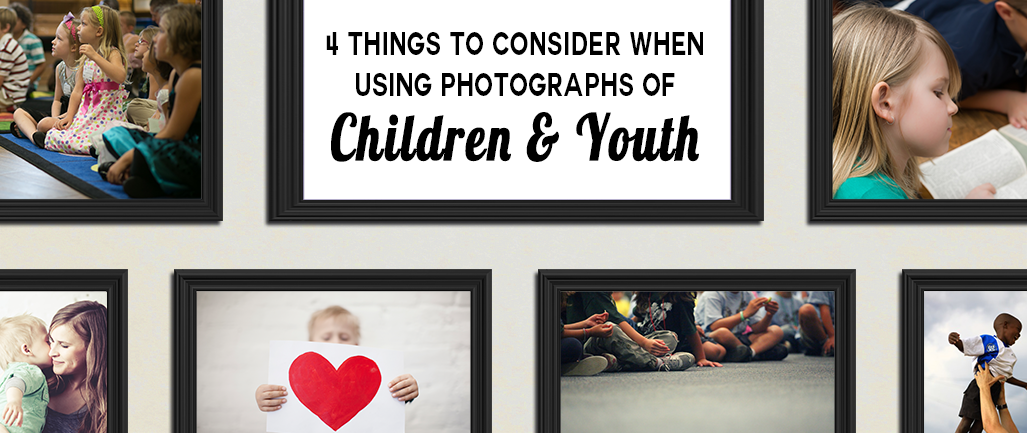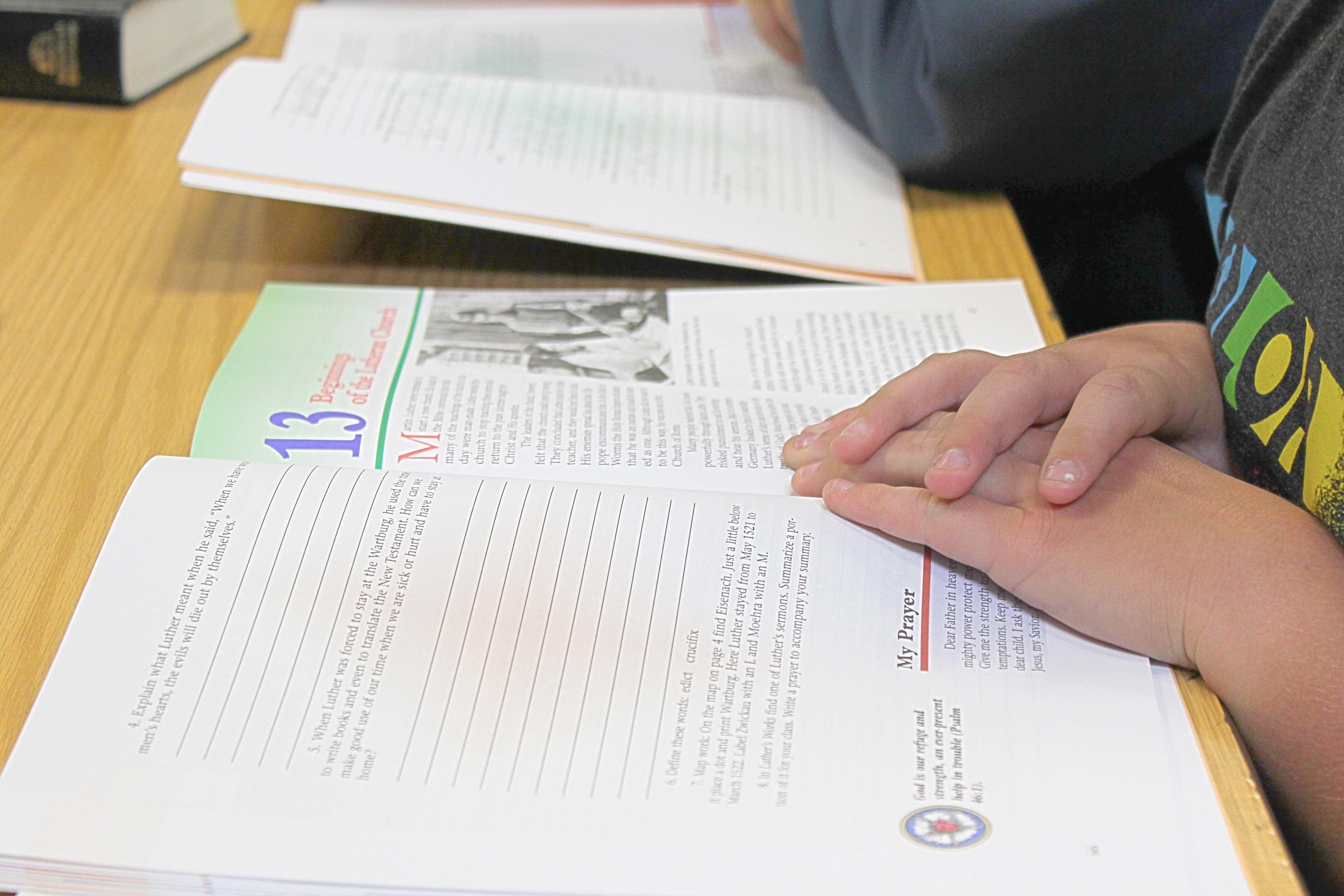 In a previous post, I touched on some helpful sites to find stock photos. I believe there are many great opportunities to use stock photos; however, one place where I’d rather see candid pictures is a church’s social media stream and website.
In a previous post, I touched on some helpful sites to find stock photos. I believe there are many great opportunities to use stock photos; however, one place where I’d rather see candid pictures is a church’s social media stream and website.
People want to get a feel of your church. They want to see what they should expect when they visit. Church members want to connect with others, and they want to see their church family—not a stock picture of posed strangers.
I am a believer of using candid shots of church ministries and events whenever possible. Yet, with that comes something that must be taken seriously. Many of the church’s ministry events focus around the family and often include children. It is our job, as the church, to protect our children. We do not want to give more information than necessary, and we do not want to compromise the safety of our children.
Get Parental Consent
When using a candid shot of a minor (someone under 18 years old), it is vital to get parental consent. Have parents complete a waiver stating that they understand the purpose and uses of the picture(s) and give consent for the use of their youth’s picture. Keep up-to-date records and ensure that volunteers and staff have access to photo-consent records.
Jennifer, a mother of six says, “There are several families in our homeschool group that refuse pictures of any kind because their kids are either foster kids or adopted from bad situations. For some of them, it could be very dangerous to post that they are dropped off at church every Wednesday night.”
When parents decline, graciously acknowledge their wishes and take notes that future pictures cannot be used of their children.
Take Photos from Different Perspectives & Angles
Whenever possible, consider taking photos from the side or back profile. This way, minors are more than likely unrecognizable—although, I personally prefer to get parental consent when using profile candid shots too.
Long shots can also hide identity. And an advantage to taking photos from the back of the room for church fellowship gatherings, worship, and classroom settings is that the photographer is not a distraction.
Don’t be discouraged; there are many pictures that you can take without compromising children’s identity—and still capture the sentiment of a moment.
Here are some ideas:
- Pictures from the back of worship
 A close- up of a child’s hands holding a hymnal or Bible, a child’s hand coloring the children’s bulletin, an adult holding a child’s hand, little feet dangling from the pew or chair.
A close- up of a child’s hands holding a hymnal or Bible, a child’s hand coloring the children’s bulletin, an adult holding a child’s hand, little feet dangling from the pew or chair.- Side profiles of individuals worshiping
- A view from the aisle of the children up front during the children’s message, the only face recognizable being the adult giving the message.
- A view of a Sunday School classroom, from the back of the room. Shots of youth with their hands raised in question. A close-up of youth holding their Bibles, writing in their Sunday School curriculum, or with heads bowed in prayer.
These are just a few of the pictures that you could take without compromising children’s identity—the possibilities are abundant!
Never Use Names
Even with parental consent, consider not using the full names of children in captions.
You may consider using captions like these:
- “Our high school youth served . . .”
- “The preschoolers had a lot of fun . . .”
- “Vacation Bible School kids enjoying craft time . . .”
- “A third grader reading Scripture . . .”
Jennifer (the mother of six) adds, “With the Internet and social media, it would be incredibly easy for anyone to stalk children, find out where they go to school and church and any other activities—especially when names are attached. I can’t protect my children from everything that could happen to them, but as a parent, I believe God has entrusted them to us to keep them from harm, to the best of our abilities.”
When in Doubt, Don’t Post
If there is any doubt in your mind—don’t post it. It is not worth it. Find something else to capture the message and moment you are trying to convey: a graphic, a stock photo, a quote, etc.
Please consult your own church’s legal advisers and leadership to initiate your church-specific Child Protection Policy and/or Photo Consent Form.
A helpful resource from the United Methodist Church: http://www.umcom.org/learn/privacy-and-permissions
For other helpful ideas and topics, visit the CTS Blog Technology & Your Ministry.
{{cta('35e945a3-57b9-4426-b284-53c61bf91951')}}























